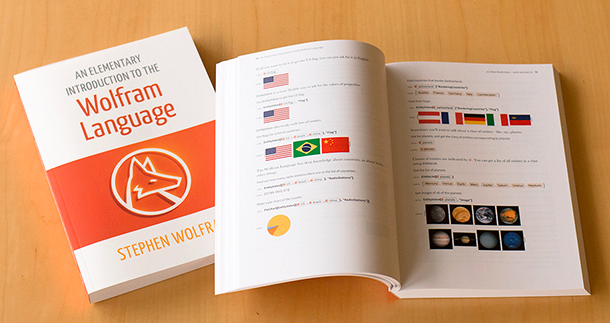Fifty years ago today there was a six-year-old at a kindergarten (“nursery school” in British English) in Oxford, England who was walking under some trees and noticed that the patches of light under the trees didn’t look the same as usual. Curious, he looked up at the sun. It was bright, but he could see that one side of it seemed to be missing. And he realized that was why the patches of light looked odd.
He’d heard of eclipses. He didn’t really understand them. But he had the idea that that was what he was seeing. Excited, he told another kid about it. They hadn’t heard of eclipses. But he pointed out that the sun had a bite taken out of it. The other kid looked up. Perhaps the sun was too bright, but they looked away without noticing anything. Then the first kid tried another kid. And then another. None of them believed him about the eclipse and the bite taken out of the sun.
Of course, this is a story about me. And now I can find the eclipse by going to Wolfram|Alpha (or the Wolfram Language):











